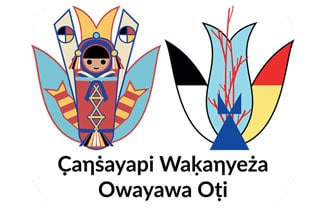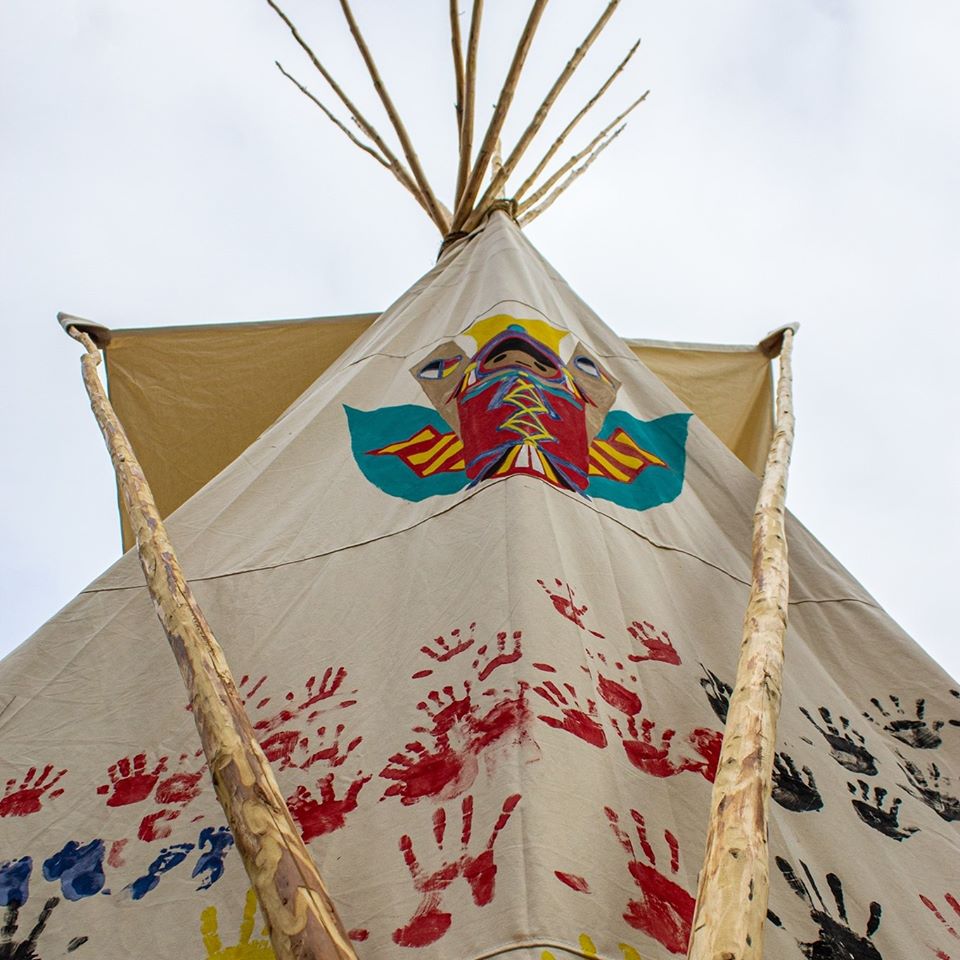History of the Mdewakanton
Minnesota, the place where the water reflects the sky, is the place of Dakota origin. The Dakota have thrived in this area since time immemorial.
Prior to 1862, the Minnesota Dakota, also known by the French term, "Sioux," consisted of four bands known as the Mdewakanton and Wahpekute (together comprising the "lower bands"), and the Sisseton and the Wahpeton (known as the "upper bands" or "Dakota Sioux"), all of whom lived along the Minnesota River.
In August of 1862, young traditionalists in these four bands waged war against the United States following two years of unfulfilled treaty obligations, including the failure to make payment on lands and provide health care or food. Although, some 500 settlers and hundreds of Mdewakanton lost their lives, hundreds of Mdewakanton came to the aid of both non-Indians and Indians during the war.
After defeating the bands, the United States punished the Dakota by nullifying its treaties with them, voiding annuities that had been granted as part of the terms of the treaties, and removing all Dakota from what is now the State of Minnesota.
Many families returned to their homeland in spite of this government-imposed exile, and because some had been loyal to the United States during the "Outbreak," those loyalists were permitted to stay on the Minnesota lands provided for the Dakota under the treaties.

